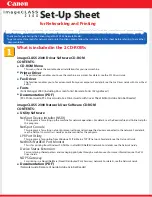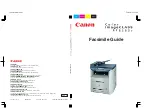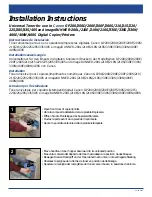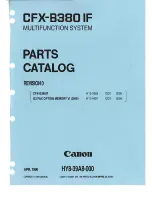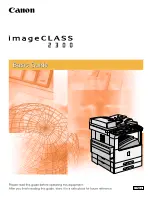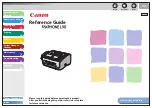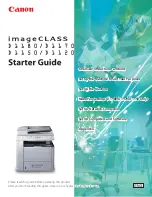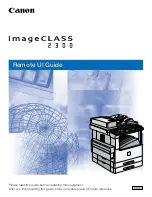
Unusual Fire and Explosion Hazards:
– Organic components decompose at 200-455°C (392-
851°F).
– Material may explosively combust when finely
suspended in air.
– Thermal decomposition of organic components may
result in release of oxides of carbon and nitrogen.
Health Hazards Data
Routes of Entry: Inhalation, Ingestion, Eyes, Skin.
Health Hazards:
1 Styrene/acrylate Copolymer
Subcutaneous implantation of polymeric styrene
powder in rats has induced tumors at the site of
implantation.
2 Carbon black
(Group 2B “Possible Carcinogen”; IARC)
Overexposure to carbon black is associated with
causing irritation, conjunctivitis, and corneal
hypoplasia of the eyes; minor irritation and eczema of
the skin; and irritation and bronchitis. Long-term
inhalation exposure may be associated with causing
lung cancer.
3 Polypropylene
(Group 3 “Not Classifiable”; IARC)
Subcutaneous implantation of polypropylene powder in
rats has induced tumors at the site of implantation.
4 Amorphous Fumed Silica
(Group 3 “Not Classifiable”; IARC)
Overexposure to amorphous silica has been associated
with causing irritation of the lungs and
pneumoconiosis. Long-term inhalation exposure may
be associated with producing tumors in laboratory
animals.
Reactivity Data
Stability: Stable
Polymerization: Will not occur.
Hazardous Decomposition Products: Thermal
decomposition may result in release of oxides of carbon
and nitrogen.
Temperature: Do not expose to temperatures above
200°C (392°F).
Incompatibility: Avoid exposure to strong oxidizers.
Spill Cleanup and Disposal
Spill Cleanup
Small Spills
1 Remove sources of ignition.
2 Clean up spill with wet cloth.
Large Spills
1 Remove sources of ignition.
2 Wear protective gear: respirator, rubber gloves, goggles
(see below)
3 Clean up spill with scoop, being careful not to generate
a lot of dust.
Waste Disposal
Follow appropriate federal, state and local regulations.
Safe Handling and Use
Respiratory Protection: Not normally required. For large
spills, use NIOSH-approved full face-piece respirator
with HEPA cartridge during cleanup.
Protective Gloves and/or Eye Protection: Not normally
required. For large spills, use rubber gloves and
chemical worker’s goggles during cleanup.
Ventilation: Outside of normal ventilation, not normally
required.
Other Protective Equipment and/or Hygienic Practices:
None
Special Precautions
Precautions for Handling or Storage: Protect from high
heat. Avoid making dust.
Other Precautions: None
To the best of the manufacturers knowledge, the information
contained herein is accurate. However, neither the manufacturer,
nor any of its affiliates, make any representations or warranties
(expressed or implied), nor assumes any liability (including
liability for any direct, incidental, consequential, or other
damages) with respect to the accuracy or completeness of the
information contained herein. Such information may be (without
limitation) invalid if the specified material is used in combination
with another, in a particular process, or under unusual conditions.
Determination of suitability of any material for any given
purpose is the sole responsibility of the user who assumes all risk
and responsibility therefor. All materials may present unknown
hazards and should be used with appropriate caution. The
manufacturer cannot and does not guarantee that the hazards
described herein are the only ones that exist.
Safety Information
Installation Hints
•
Install your fax unit in a dust-free location away from
direct sunlight.
•
Do not plug your fax unit into a power source shared
by equipment which produces electrical noise (i.e., air
conditioners, etc.).
•
Leave electronic adjustments to authorized service
personnel.


















